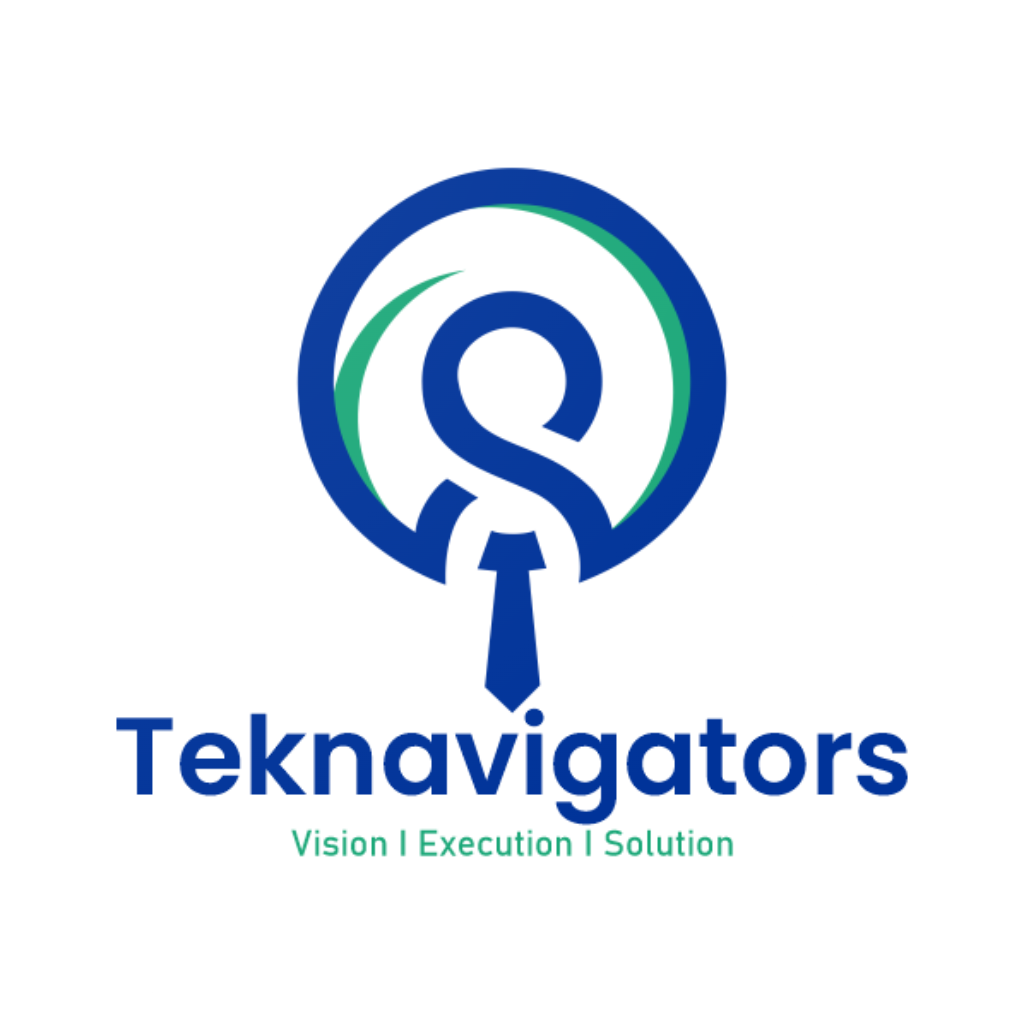Core JAVA + Advance
TekNavigators, the best training institute for Java

The dictionary meaning of advance is a forward movement or development or improvement and the meaning of improving means thing that makes something better. All in all, we have to improve our basic knowledge to master that particular field.
Java is divided into two parts i.e. Core Java (J2SE) and Advanced Java (JEE). The core Java part covers the fundamentals (data types, functions, operators, loops, thread, exception handling, etc.) of the Java programming language. It is used to develop general-purpose applications. Whereas Advanced Java covers the standard concepts such as database connectivity, networking, Servlet, web-services, etc. In this section, we will discuss what is advanced Java, its benefit, uses, topics of advanced Java, and the difference between core Java and advanced Java. There is one stop solution for your all problems related to java, TekNavigators – the best training institute in lucknow for Java Training.
Introduction to JAVA
- How to Install Java and about Environment Variables
- JVM Architecture
- Datatypes, Variables, Keywords and Identifiers
- Operators and Expressions, Naming Conventions in Java
- Control Flow Statements
- Arrays
- Command Line Arguments
- Object and Class
- Object Oriented Programming(OOP)
- Inheritance
- Interfaces
- Abstract Classes, Inner Classes
- Access Specifiers, Access Modifiers
- Packages
- Collection Frame Work
- Exception Handling
- Multi Threading
- Input/Output Streams
- Networking
FAQ’s and SCJP Exam Oriented Concepts - Advanced Java Course Highlights
- Developing Web applications on MyEclipse and Net Beans IDEs.
- Deploying Servlets and JSPs on Weblogic, Websphere, JBoss application Servers
JDBC 4.0
- Introduction to JDBC
- JDBC architecture
- sql Package
- Connection, Statement, ResultSet
- Prepared Statement
- Callable Statement
- Scrollable and Updatable ResultSet
- Batch Updates
- ResultSetMetaData
- Simple Transaction Management
- Four Levels of JDBC drivers, their pros & cons
- Features of JDBC 3.0
Servlets 3.0
- Need of Server side Programming
- Introduction to Servlets
- Servlet Life Cycle
- servlet package
- ServletConfig, ServletContext, ServletResponse
- Supplying initialization parameters to Servlets
- Performing database operations in Servlets
- Include and forward mechanisms
- Applying filters to Servlets
- servlet.http Package
- HttpServlet Life Cycle
- Http request methods GET vs POST
- HttpServletRequest, HttpServletResponse
- Dealing with Http headers & error codes
- Session Tracking, purpose
- Hidden form fields, Cookies
- Http Session, URL rewriting
- Event listeners
- Web application security
JSP 2.2
- Disadvantages of Servlets
- Introduction to JSP
- JSP Life Cycle
- Creating dynamic Web content with JSP
- Scripting elements
- Scriplet
- Declaration
- Expression
- XML syntax for JSP elements
- JSP directives page, include and taglib
- JSP implicit objects
- JSP scopes
- Include and forward mechanism
- Using a Java bean in a jsp
- JSP Model 1 architecture
- JSP Model 2 (MVC) architecture
- Custom Tag Development
- Classic Tags, Simple Tags
- Error Handling in a jsp
- JSTL
- Expression Language
- Processing XML in a jsp
Java EE : RMI-Remote Method Ivocation
- Java Distributed Technology
- RMI Architecture
- Dynamic / Bootstrap Clients
- Object Passing in RMI
- DGC
- Activation
- RMI -IIOP
J2EE Introduction J2EE Architecture,Comparison between J2EE&.NET,J2EE Application development roles.
EJB – Enterprise Java Beans
- Introduction
- Comparison between different Distributed tech(EJB, CORBA, COM/DCOM)
- EJB Architecture
- EJB Container
- Stateless Session Bean
- Statefull Session Bean
- Bean Managed Entity Bean (Container Managed Entity Bean, Bean Managed Security)
- Container Managed Security
- Bean Managed Transactions
- Container Managed Security
- Bean Managed Transactions
- Container Managed Transactions
- Clusters
- Using JDBC Connection Pool in EJB
EJB 2.0
- Local Enterprise Beans
- 0 model – Container Managed Persistency
- EJBQL – EJB Query Language
- EJB Select Methods
- Finder Methods with EJBQL
- CMR – Container Manager Relationships
- MDB-Message Driven Bean
EJB 2.1
- Enhancements to EJB –QL
- Timer Service
- Web services Support to SLSB
EJB 3.0
- Introduction to EJB 3.0
- Architecture of EJB 3.0
- Session Beans in EJB 3.0
- Stateless Session Bean
- Stateful Session Bean
- Entity Components + JPA 1.0
- Simplified packagingin on context dependency injection (CDI)
- JPA-Java persistence API
- Relations with Entites
- one-to-one
- one-to-many
- many-to-one,
- many-to-many
- inheritance with Entities
- JPQL-Java Persistance Query Language
- Message Driven Bean in EJB 3.0
- Transaction with EJB 3.0
- AOP in EJB 3.0
- AOP – Aspect oriented programming
- Exposing EJB 3.0
- Stateless Session Bean as Web Service
EJB 3.1
- Introduction of 3.1
- Removal of local business interface
- Introduction of singletons
- Asynchronous Session Beans
- Embeddable API forexecuting EJB in Java SE env
JTS/JTA-JavaTransaction Service / Java Transaction API
- ACID(Atomicity , Consistency, Isolation, Durability) properties
- When to use Transactions
- Local
- Transactions
- Distributed Transactions
- Flat Transactions
- Nested Transactions
- ChainedTransactions
JNDI-Java Naming & Directory Interface
- NDI Architecture, Programming with JNDI, JNDI Security.
XML (extensible markup Language)
- Introduction
- Need of XML in application architectures
- DTD (Document Type Definition)
- XMLParsers – SAX (Simple API for XML)
- DOM (Document Object Model)
- using IBM’s XML4J
- parser
- XML Schemas
- XML DB Utility (XML SQL Utility)
XSL :
- XSL tags
- using apache szian’s XSLT engine for transformation
- X path specifications
- X path expressions
JAXP 1.2 (Java API for XML Parsing) - Web Services
- SOAP 1.1 (Simple Object Access Protocol)
- UDDI 2.0 (The Universel Description, Discovery and Integration )
- WSDL 1.1(Web Services Description Language)
- JAX-RPC 1.1(Java API for XML Remote Procedure Call)
- SAAJ 1.2 (SOAP with Attachments API for Java)
- JAXR (Java API for XML Registration)
- JAXB (Java Architecture for XML Binding)
- JAXWS (Java API for XML …….Webservices)
J2EE Design Patterns - Servers
- Weblogic 10.0
- IBM Websphere 6.0
- J Boss
- Sun one Application Server 9.1
- Oracle 9i Application Server
- Pramati
- Glass Fish
IDE’S
- My Eclipse
- J Builder
- Intellij
- Net Beans
- Weblogic Workshop
- EXADEL Studio
- WSAD
















